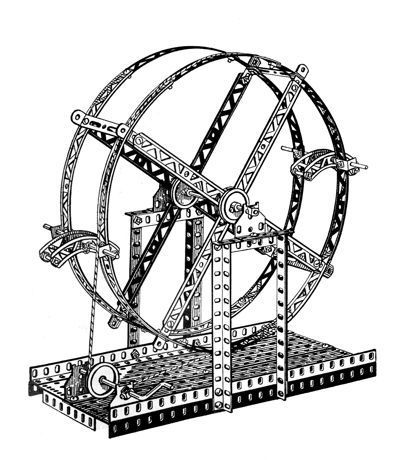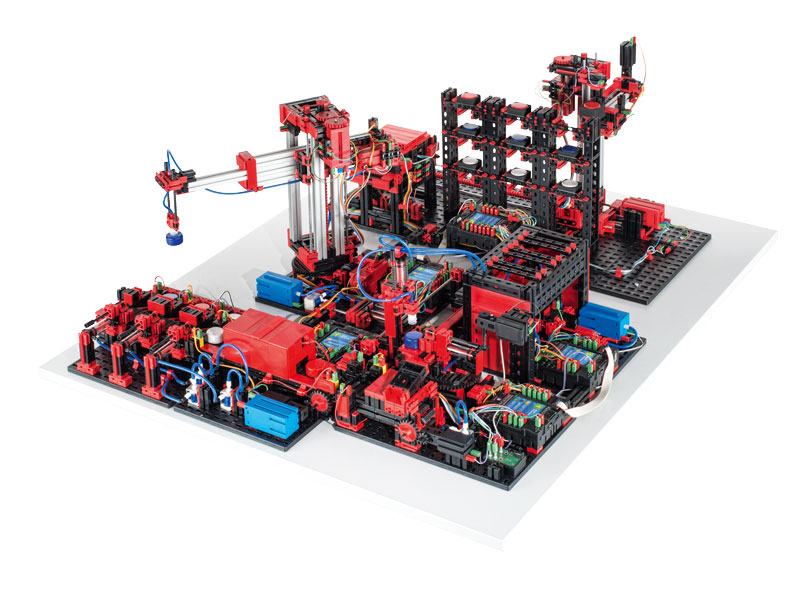Everydaylearning
Structural
- Jan 8, 2019
- 17
Has anyone found some good “toys” or other objects that mechanisms can be made out of to visualize forces and motion? Sometimes it’s better to physically manipulate something rather than seeing it on a computer and 3D printing is expensive




